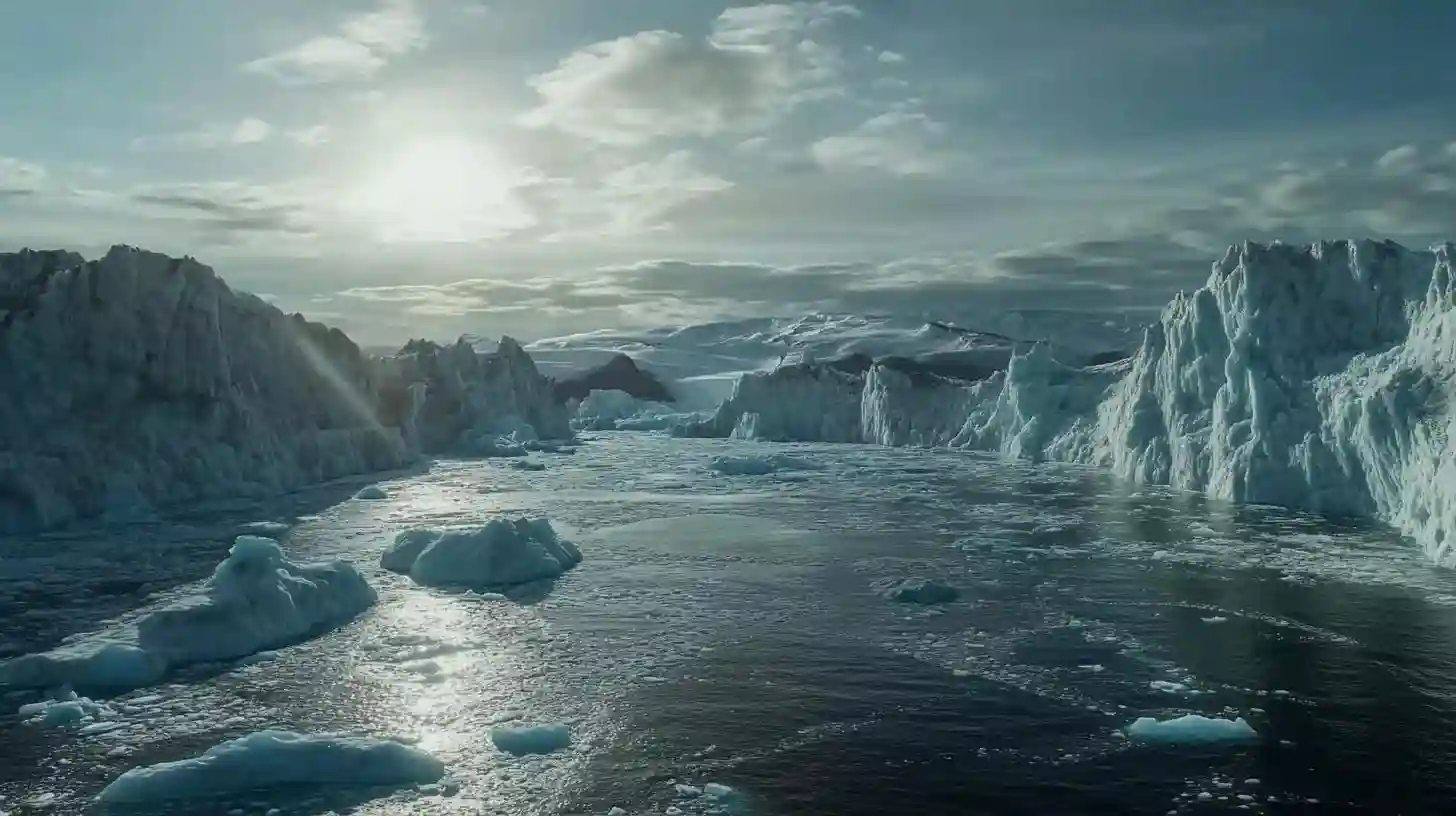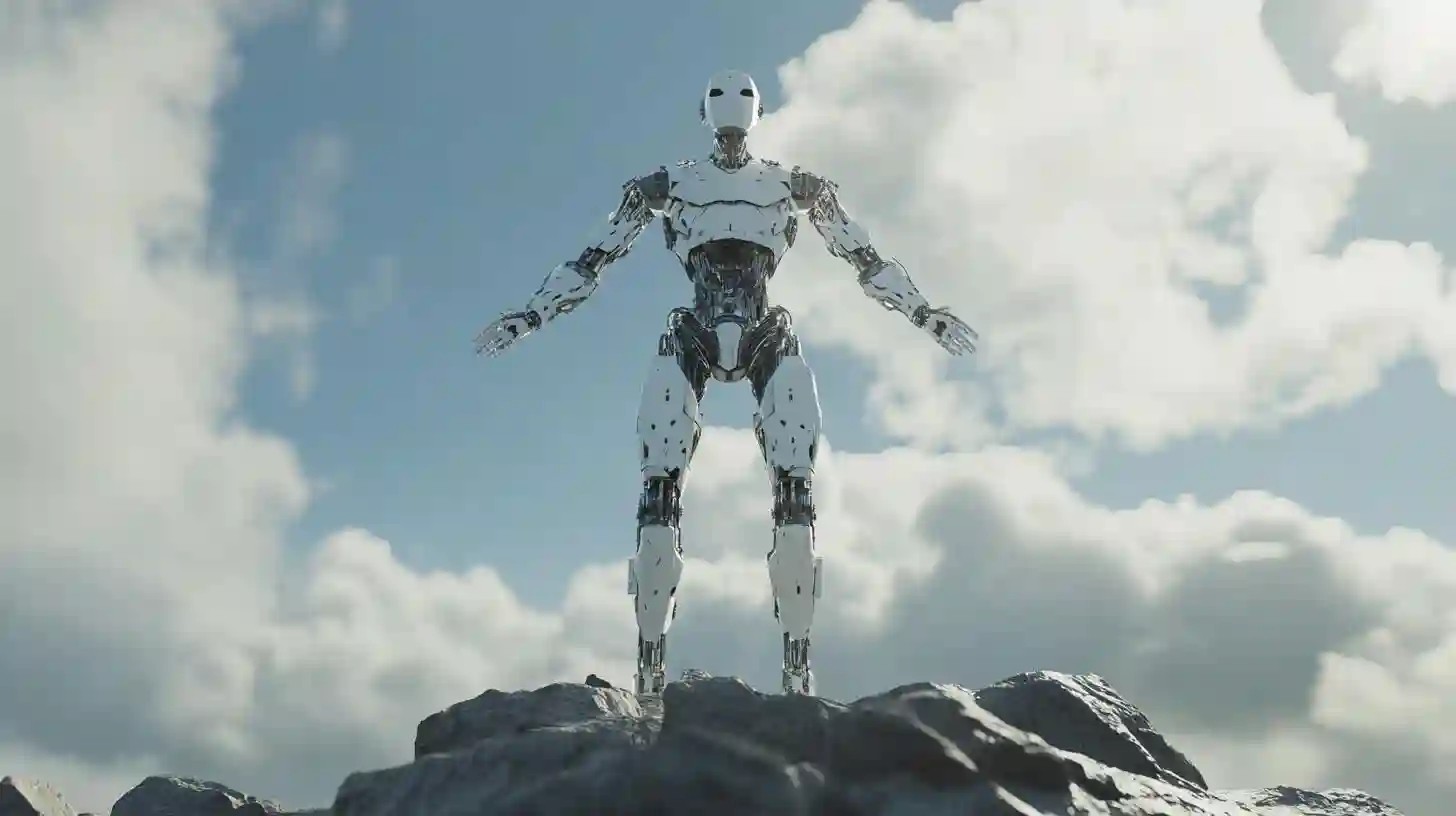
"Urgent Conservation Needed: Critical Species on the Brink of Extinction"
### The Urgency of Protecting Critically Endangered Species
The planet is facing an unprecedented biodiversity crisis, with numerous species on the brink of extinction due to human activities, habitat destruction, climate change, and pollution. Among the many creatures at risk, several critically endangered species demand immediate conservation efforts.
**Amur Leopard**
The Amur leopard exemplifies the plight of big cats in the wild. Once roaming vast territories across the Russian Far East and Northeast China, this elusive feline is now confined to a small region. Due to habitat fragmentation and poaching for its exquisite fur, only a few dozen individuals remain. This drastic decline emphasizes the urgent need for protective measures to ensure its survival.
**Vaquita**
Equally alarming is the situation of the Vaquita, a small porpoise found exclusively in the northern Gulf of California. With estimates suggesting fewer than thirty individuals remain, the Vaquita is the world's most endangered marine mammal. Its primary threat stems from illegal fishing practices, particularly gillnets used for capturing the endangered totoaba fish, whose swim bladder is coveted in traditional Chinese medicine. This devastating cycle drives the Vaquita closer to extinction.
**Javan Rhino**
The Javan rhino stands as one of the rarest large mammals on Earth, with its only known population residing in Ujung Kulon National Park in Indonesia. Approximately seventy individuals remain, facing threats from habitat loss due to agriculture and poaching. While conservationists have established protected areas, the fragile population is vulnerable to natural disasters and diseases, underscoring the need for continued vigilance.
**Orangutan**
Native to the rainforests of Borneo and Sumatra, orangutans face dire threats from deforestation, illegal logging, and the palm oil industry. Despite their intelligence and charisma, their populations have dramatically declined due to habitat destruction. Conservation organizations work tirelessly to rescue and rehabilitate displaced orangutans while advocating for sustainable practices. However, the ongoing demand for palm oil puts their future at risk.
**Roti Island Snake-Necked Turtle**
In the realm of reptiles, the Roti Island snake-necked turtle is critically endangered. Limited to Roti Island in Indonesia, this freshwater turtle faces habitat loss and illegal pet trade. As wetlands are drained for agriculture, its population has sharply declined. Education efforts about the turtle's ecological importance are crucial for its survival.
**Saola**
Often called the "Asian unicorn," the Saola resides in the Annamite Range of Vietnam and Laos. Mysterious and critically endangered, very few individuals have been seen in the wild due to habitat destruction and hunting. Conservation strategies are essential to preventing its extinction.
**Northern White Rhinoceros**
With only two remaining individuals—both females— the northern white rhinoceros is on the brink of extinction. Unable to reproduce naturally, conservationists are utilizing advanced reproductive technologies to save the species, all while facing continuous poaching threats.
**Sumatran Elephant**
The critically endangered Sumatran elephant has experienced an approximate 80% population decline due to habitat loss and human-elephant conflicts. Conservationists aim to mitigate these issues through community awareness programs and coexistence strategies, but urgent action is necessary to protect the remaining two thousand individuals.
**Yangtze Giant Softshell Turtle**
Finally, the Yangtze giant softshell turtle, with only three known individuals in captivity, highlights the extinction crisis in freshwater systems. Habitat degradation and overexploitation for food have led to its near disappearance, making immediate habitat restoration efforts essential.
The plight of these endangered species serves as a reminder of our planet's delicate biodiversity balance. Various organizations and individuals are tirelessly working to mitigate threats, but the responsibility ultimately falls on humanity. Each of us plays a vital role in safeguarding biodiversity. While challenges may seem daunting, every small action can contribute to a more sustainable future for wildlife conservation. Through coordinated efforts and swift actions, there is still hope for these critically endangered species.
Lifestyle Blog





















